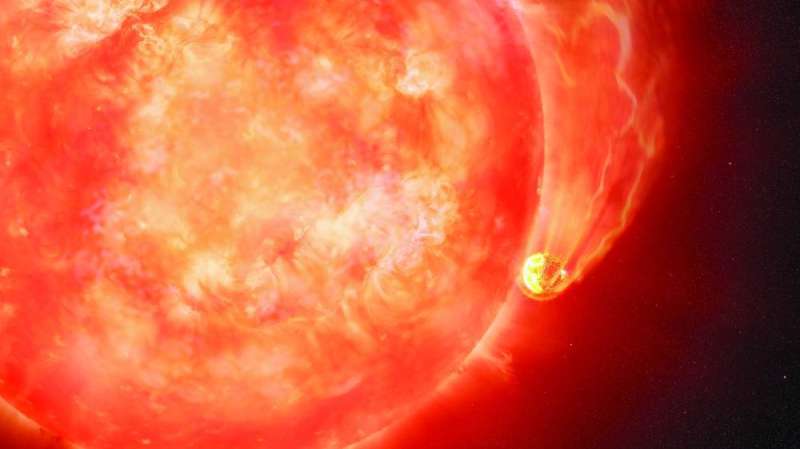A star located near the constellation of the Vulture witnessed a natural, inconsistent inflation due to its being old, which made it swallow the planet that was very close to it, according to what astronomers observed for the first time a phenomenon of this kind.
They had previously monitored indicators of such an event and felt its consequences. Keshalai DN, a researcher at the Kavli Institute at the Massachusetts Institute of Technology (MIT) and lead author of the study, which was published Wednesday in the journal Nature, said that what they lacked was “tuning the star at this very moment, when a planet experiences a similar fate,” reports Al-Rai daily quoting AFP.
It all started in May 2020 when Kechalai observed with a special camera from the Caltech Observatory a star that began to shine 100 times more than usual for about ten days, and it was located in the galaxy, about 12 thousand light years from Earth.
He expected to find what he was looking for, which is to observe a binary star system that includes two stars, one in orbit around the other. The larger star tears the envelope of the smaller one, and with every “bite” a light is emitted.
It became clear to the team, especially that the star “similar to the sun” released a thousand times less energy than it would have released if it had merged with another star. This amount of energy detected is equal to that of a planet like Jupiter.
The monitoring process showed that the planet’s cover was torn apart by the star’s gravitational forces for a few months at most before being absorbed. It was this last stage that produced a luminous glow for about ten days.

